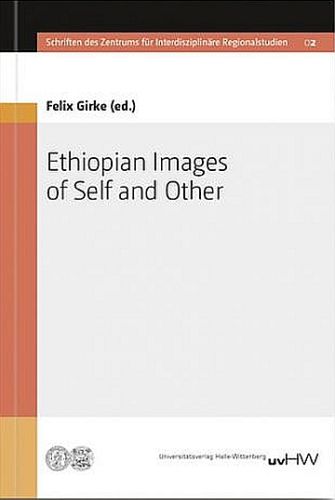
Weitere Informationen und den kostenlosen PDF-Download finden Sie auf den Seiten des Universitätsverlags Halle-Wittenberg
Even if we consider stereotypes superficial, inaccurate, or practically misleading: deploring them will hardly dispel them. The academic task is to gain a clearer understanding of how stereotypy works, through example and analysis. Written by historians and social anthropologists, the chapters in this book provide such examples for the case of Ethiopia.
Images and stereotypes fulfill important cognitive and communicative functions. They are ‘good to tell,’ they are the basis of joking and of narrative clichés. Also, not all generalizations are pejorative and harmful. Stereotypy works in both ways: generalizations serve to project fears as well as longing; they nurture disdain as much as adoration. What could be our epistemic basis for accepting positive stereotypes and rejecting pejorative ones? This book shelves the questions of the legitimacy or the correctness of images of self and other in favor of empirical assessment of stereotypes. Ethiopian Images of Self and Other is a non-judgmental attempt to trace cultural imagery to its emergence and show its means of persistence. Stereotypes are an inevitable aspect of social life, an aspect that ought to be dealt with as dispassionately (or passionately, as the case may be) as any other aspect of people’s lifeworlds.
The aim of this book is to sensitize readers to the variability and the work of imagery in Ethiopia, as it reproduces and sometimes subverts power relations between various ‘selves’ and ‘others.’ A book such as this could be written about most places in the world, but the focus on Ethiopia is grounded in its academic genesis as much as in the very real issues faced by this dynamic nation even today. Nation-building cannot be considered complete in Ethiopia, and debates about its future are intense. This book provides some groundwork for better understanding the social dynamics of Ethiopia’s cultural diversity.
